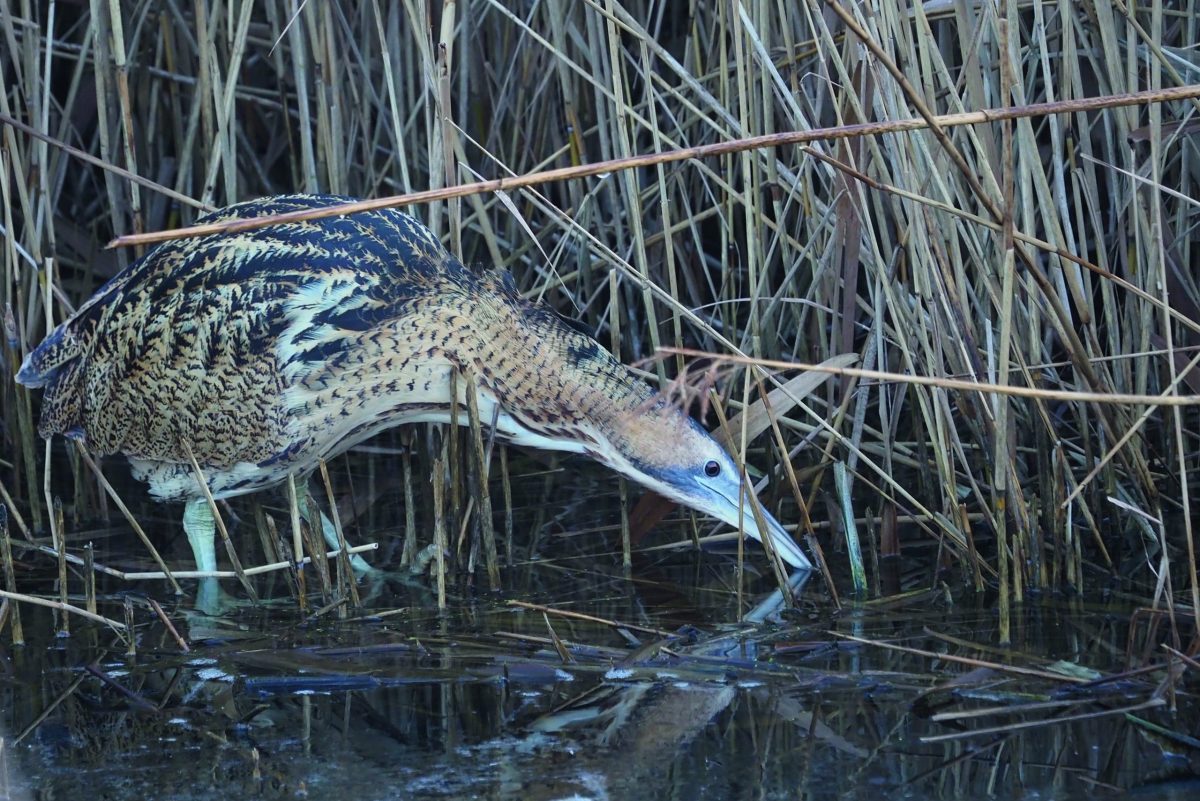GWCT’s annual bird count paints a positive picture
The GWCT’s 10th Big Farmland Bird Count was another success, and the results highlight the benefits that shooting brings to conservation

Bitterns were one of the rarer species recorded in the count
White-tailed eagles, white storks, bitterns and cirl buntings were just a few of the rarer birds recorded in this year’s GWCT Big Farmland Bird Count (BFBC). This was the 10th year the count has been held, and an impressive 149 species were recorded on farms throughout Britain. Over 1,700 farms took part, covering more than 1.5 million acres.
The count’s organiser, Dr Roger Draycott, commented: “The fact that the count is still going strong after 10 years highlights the passion and commitment that British farmers have for the birds on their farms and their keenness to understand how the birds — whether red-listed or not — are faring.”
This year’s BFBC took place between 3 and 19 February: observers were helped by mostly dry and settled weather, in contrast to last year when a series of storms crossed the country. It’s not just species that are counted, as the GWCT also asks for an estimate of the number of birds seen. The total was 460,000, of which the most frequently recorded were blackbirds, woodpigeons and robins. Thirty-three of the species counted were red-listed, with another 47 on the amber list. Of the former, the most frequently encountered were starlings, lapwings, fieldfares and linnets.
Apart from bird numbers, the count also collects information on farm habitat and conservation work. According to Jess Brooks, a farm biodiversity adviser at the GWCT, “a quarter of respondents are members of ambitious landscape-scale conservation projects such as farmer clusters, and 62% are in an agri-environment scheme, which is a big jump from 37% last year. Around 47% were providing some form of extra seed food for birds in late winter, which helps them survive this period of high starvation risk.”
Not surprisingly, there were some notable differences between conservation work provided by farms with shoots and those without shoots. Some 36% of participants run shoots, of which nearly half grow wild bird seed mixtures and 62% put out supplementary food for farmland birds. In contrast, of those who responded that they do not operate a shoot, 21% grow wild bird seed mixtures and 32% provide supplementary food. Such statistics provide a sharp reminder of the value of shooting to wild bird conservation, a fact frequently overlooked by our opponents.








